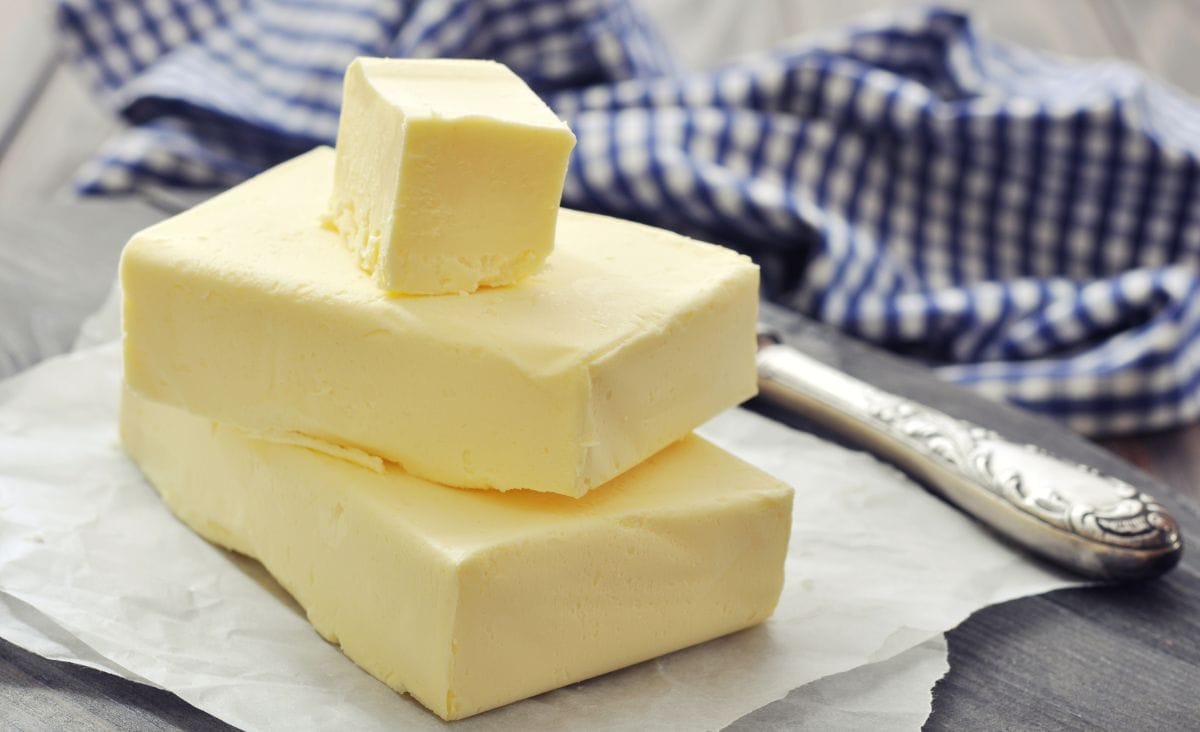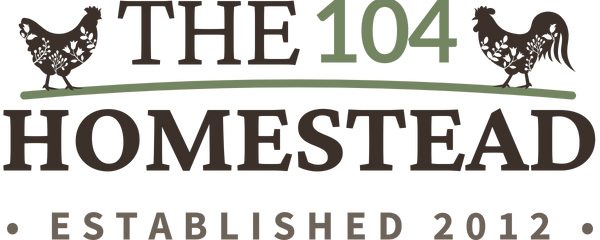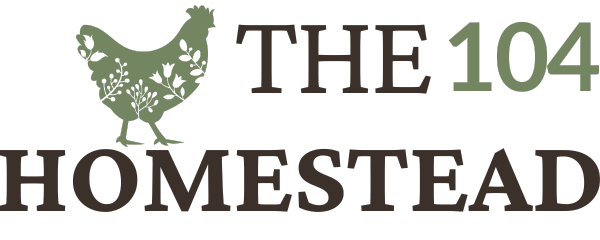4 Ways to Make Homemade Butter from Raw Milk (Cow or Goat)
Making butter at home with raw milk is simple and only requires two basic ingredients and a little time and the taste is absolutely unreal!

With or without a goat or cow, you can make your own butter from raw milk. While homemade butter made from store-bought raw milk may only save you about 7¢ a stick, butter made from raw milk that came from your own animals can save you, well, 100%.
Separating the Cream from Raw Milk
How you separate the cream from the milk depends on the species the milk came from.
Separating Cow’s Milk
If you are getting raw cow’s milk right from your own cow (or a friend’s cow) then separating the cream is easy-peasy. Chill your milk in the back of the fridge. After a couple of days, you will see the cream layer floating at the top. Just skim off the cream and the skim milk (see where the term comes from) will be left behind.
Store-bought raw cow’s milk can be a bit trickier, especially if you live in the US for some reason. The best way I’ve found is to pour the milk into a glass container with a spigot (like those lemonade canisters). Again, put your milk in the back of the refrigerator for a few days until there is a clear line between the milk and cream. Using the spigot, pour out the milk which will leave the cream behind.
Separating Sheep or Goat’s Milk
Sheep or goat’s milk can be really tricky to separate. Most people will suggest a separator to you and I’m going to be another one of those people. I’m not going to lie, they are pricey, but if you have goats and you want to make butter or coffee cream regularly, it’s worth the investment.
If you don’t want to drop that kind of money, it can be done manually with a bit of patience. Pour one gallon of milk into a large shallow pan and leave it in the refrigerator for 24 hours, then carefully skim off the cream. You may need to do several batches to get enough cream for making butter, but the taste is worth it.
The Different Ways to Make Butter from Raw Milk
There are four different ways to make butter from milk. The one you choose will depend on how ambitious you are feeling, what you can afford as far a supplies, and how much butter you’re planning to make.
The Old-Fashioned Way
Did you know many people still make butter with a churn? Seriously, they do. Granted I’m not one of those people. Churns have come a long way and now are small enough to sit right on your countertop. They now involve a crank that attaches to a glass container (they have them on Amazon). They are still a bit of a workout, but the butter is the best texture when made with a crank. Here’s a great video showing you the process.
A Jelly Jar
Supplies-wise, this is the easiest way to make homemade butter. All you need is a jelly jar (or if you’re feeling ambitious, maybe a larger mason jar). Workout-wise, this one is the hardest. I’ve made butter in a jar a few times, but when I say I what I really mean is I handed the jar to one of my boys and said “here, shake this.”
Simply pour the cream into the jar leaving a good amount of head space, put the lid on firmly, and shake vigorously for… (no joke)… 35-40 minutes. Yeah, you can skip the gym on butter-making days. You’ll see the butter go through various stages before it separates. Keep shaking until you’ve got obvious butter and buttermilk. Once separated, strain and rinse (see tips below for straining & rinsing).
A Food Processor
A food processor makes faster work than the mason jar does, but it saves your arms from a lot of aching. Fill the food processor half full of cream. The size of the processor will dictate how much butter you can make in a batch. Run your food processor on medium-low until you begin to see clumps forming on the surface. Lower the speed to low until you have obvious butter and buttermilk. Strain and rinse just like you would with jelly jar butter.
A Stand Mixer
This is the way I prefer to make butter. Just me and my trusty KitchenAid (I have cobalt blue myself). Making butter in a stand mixer is a bit different than the other methods. Instead of cold cream, you want your cream close to room temperature. I typically pull my cream from the fridge half an hour before I make the butter. At the same time I pull out the cream, I put my KitchenAid bowl in the fridge so it can get nice and cold.
When the time has come, pour your cream into the cold mixer bowl. Starting on setting 1 with the wire whisk attachment, begin to mix the cream. Slowly work your way up to setting 10 (you will want the splash guard and maybe a hand towel to control splatter). After about 3 minutes you will see the butter forming. Once the butter begins to stick to the whisk you are ready to strain and rinse.
Straining & Rinsing
Using cheesecloth or a fine mesh strainer, strain out the buttermilk. Make sure you save it because there are a lot of great recipes that use buttermilk. Return your butter to whatever vessel you were making it in (jar, processor, mixer). Add as much ice water to the butter as you removed of buttermilk. If you are using a jar, shake the jar for 3-5 minutes. If you are using a food processor or stand mixer, run on a low speed for a minute or two. Strain and discard the liquid. Repeat a second time. If the water comes out clean, you can proceed. Otherwise, repeat a third time.
Once your butter is clean, put your butter in cheesecloth and squeeze all the liquid out. If you want salted butter (or to add some herbs), now is the time to knead it in. 1/2 teaspoon per pound of butter. At this point, you can store your butter in a little dish or you can mold your butter so it looks pretty (I don’t have time for that, but maybe for special occasions).
Homemade Butter Troubleshooting
Sour or “off” taste? Sounds like your raw milk wasn’t super fresh when you started. Yes, you need to let the milk sit for a bit in order to collect the cream, but allowing it to sit for too long means it might go sour. If your goat milk tastes off from the start, make sure you’re using these tricks for amazing-tasting goat milk.
Waxy textured butter? Don’t over-knead your butter in the final stages. You need to make sure to wash all the buttermilk out, but too much kneading leads to a weird texture that may be edible, but not too appealing. Overworked butter may not melt and no one likes that.
Sweaty butter? Don’t worry, that’s not as gross as it sounds. Sweaty butter is butter that has moisture that develops on the surface. This happens frequently with unsalted butter, but it can happen if you don’t incorporate the salt well. Make sure all buttermilk is rinsed and knead well to mix in the salt.
Frequently Asked Questions
If you’ve nailed making butter and you’re ready to level up, try chèvre. It’s the easiest cheese ever!
If you’ve found value in this blog post and enjoyed reading it, why not share it with your Pinterest community? Pin the image below and spread the love!

Crafting butter from raw milk is a straightforward process that requires only patience and a bit of elbow grease. Whether you’re sourcing milk straight from your own cows or picking up a jug from the store, the result is a creamy delight that’s unmatched in flavor. By following the simple steps, like separating the cream from the milk and choosing your preferred method of churning, you’ll soon be enjoying homemade butter that’s truly worth the effort. So, whether you opt for the nostalgic charm of a churn or the modern convenience of a stand mixer, get ready to savor the rich rewards of your homemade butter-making adventure!
Have you ever made your own butter? Let me know in the comments below.

